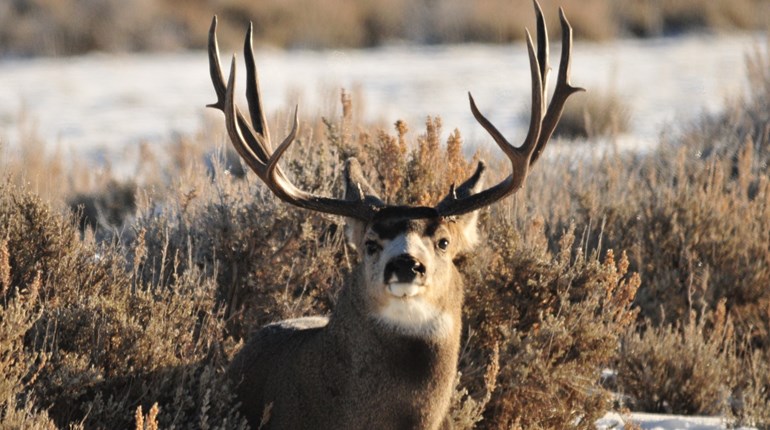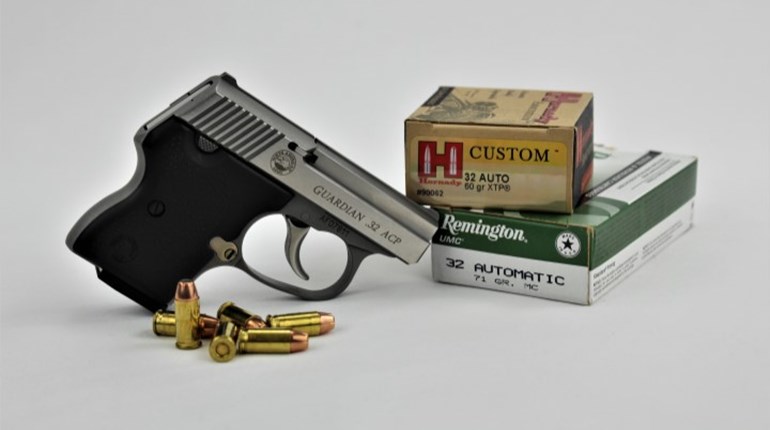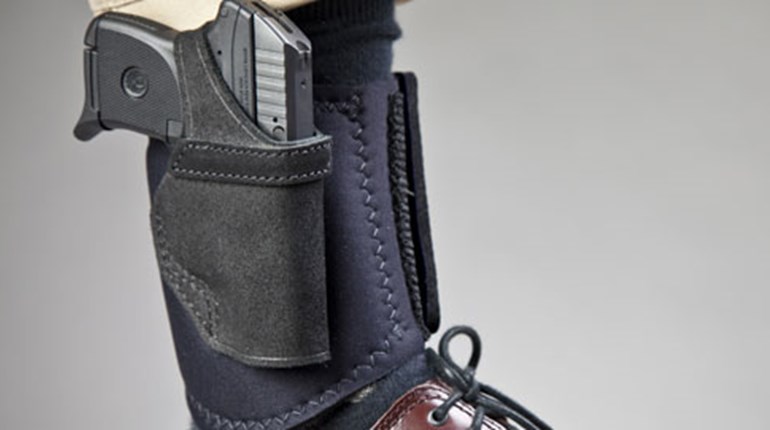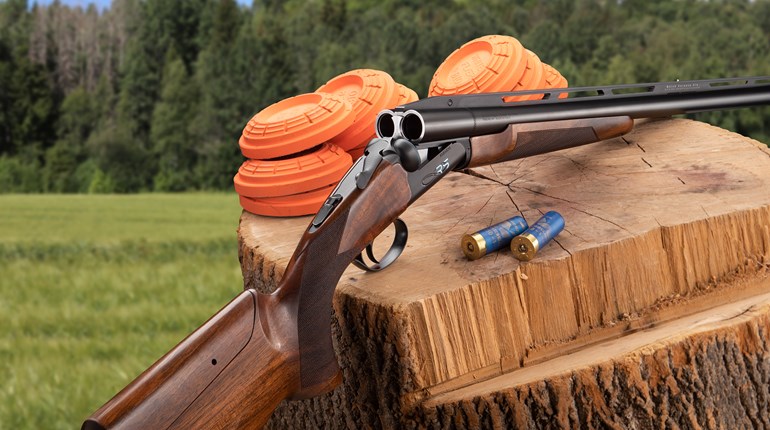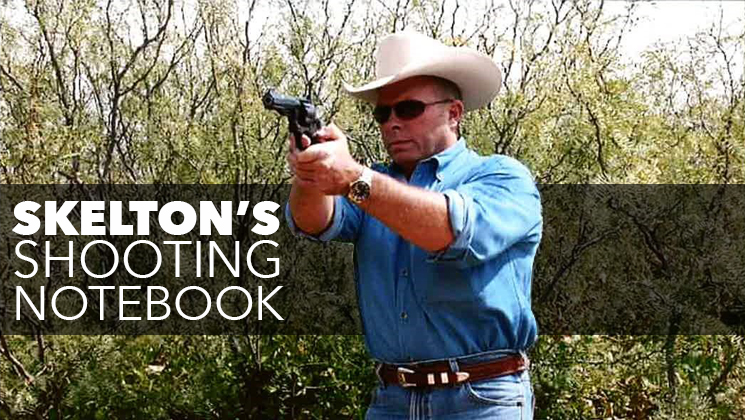
The notion of a second, or backup, gun often results in some folks conjuring up notions of bad guys in western movies getting shot or apprehended, then always having a Derringer hidden out somewhere. Somehow, I don’t really recall many films depicting the good guy having one.
In reality, a backup gun can be the difference between life and death for a lawman or anyone carrying concealed. For those with a CCW permit, it can often be a challenging decision just how to carry their primary sidearm, much less a smaller backup. Of course, this all depends on the circumstances. Perhaps many don’t cherish the idea of carrying an extra pistol during the daytime, or in hot weather. If circumstances warrant, it’s a good idea, regardless. The problem is that one rarely knows when trouble is going to start—until it does.
I’ve known several LEOs over the years who got themselves out of a pickle by having a second handgun. Much of it depends on where you conceal it, uniform or not. As a uniformed police officer, I carried a Walther PPK/s stuck in my Sam Browne rig behind the brass belt buckle. I generally carried that way at night—our uniforms were black, as was the Sam Browne. The black-finished Walther was very difficult to spot at nighttime using that carry method. This wasn’t part of our training, but it worked well for me.
I’ve known many folks who prefer carrying a lightweight revolver such as the Smith & Wesson Airweight, or the Ruger Lightweight Carry Revolver. As their names imply, they are light, but effective. They’re slightly thicker than the Walther or other small autos like the Ruger LCP, Beretta Nano or the Remington RM380, but still relatively easy to pack.
Any of these guns can be carried in a pocket holster (such as the Galco, DeSantis or Bianchi) or an inside-the-waistband holster, though it might be tight if carrying a full-sized handgun the same way on the other side. Barranti Leather is making an interesting holster based on the Myer’s Barton Special. The holster flap fits either in the waistband or back pocket with the holster exposed. This rig is perfect for a small handgun.
An ankle holster is another option—I’ve never particularly cared for that style of carry, mostly because I generally wear boots—but I’ve seen many people carry them quite comfortably and competently. I’ve also known of folks carrying their backup gun in the top of a boot, but that’s not something I would recommend unless it was alast ditch choice and the shooter practiced that draw a great deal.
I know of all the “mouse gun” talk, and it’s a term I don’t particularly care for. I’ve carried .22 LRs and .22 Mags as second guns over the years, mostly the .22 Mag. I have a North American Arms in that caliber and have often stuck it in my front pants pocket. I’m aware of all the arguments, but it’s better than nothing. With some practice, it’s a pretty effective short-range defense weapon, and no, I don’t recommend it as a primary.
Don’t forget that an armed bad guy might, too, have a backup gun on him/her. Some criminals are pretty savvy—they know the value of an extra concealed handgun. Just because someone is down and their firearm seemingly out of action, never get too comfortable.
For anyone who carries a handgun on a regular basis, I would consider backup to go along with it, on occasion. It can’t hurt, just be sure to practice with the second gun as well as the primary.













